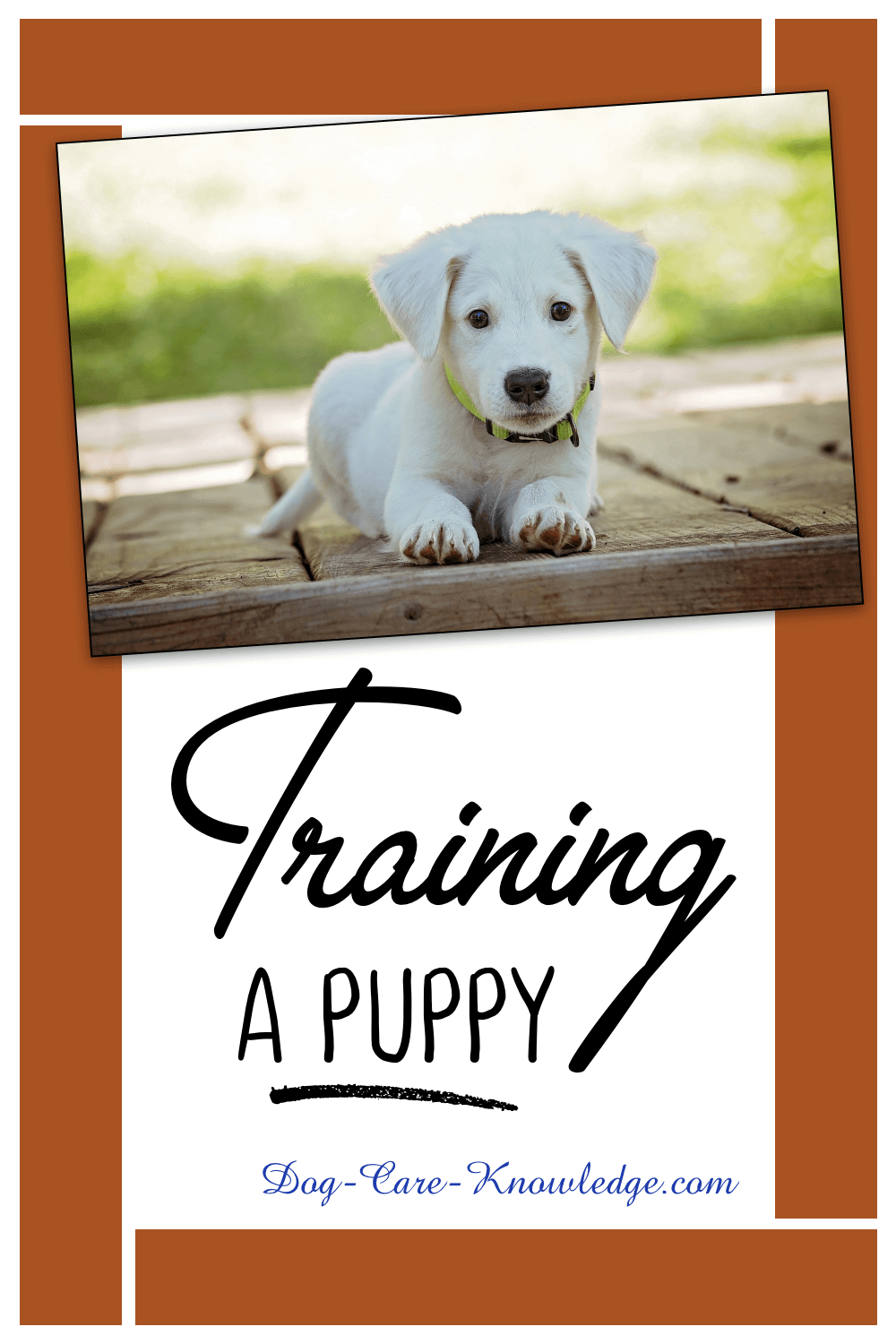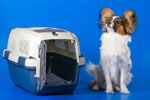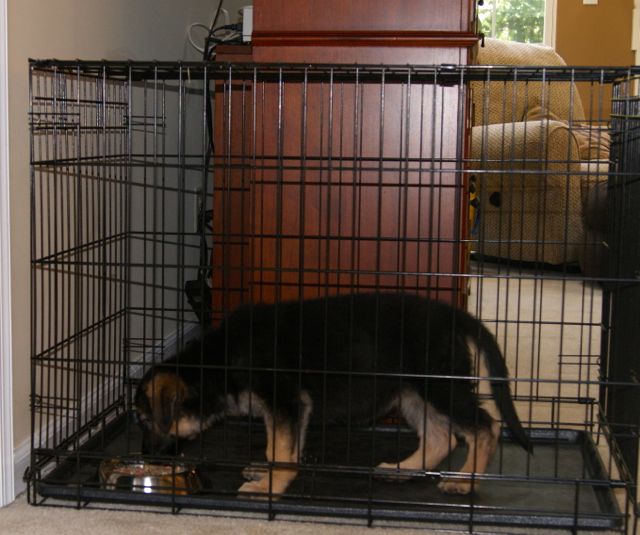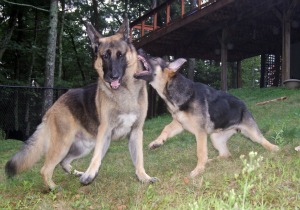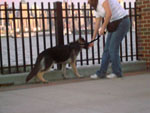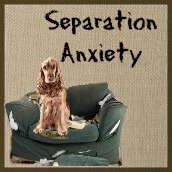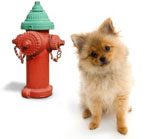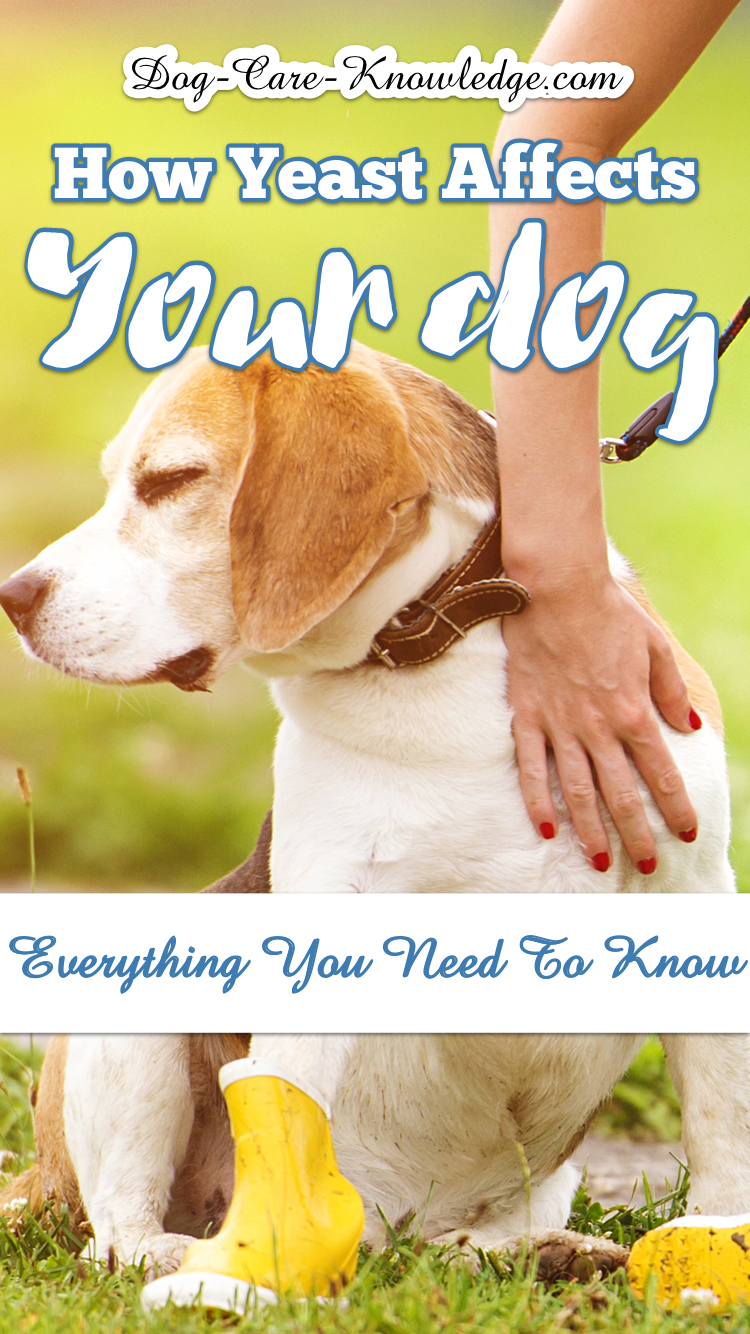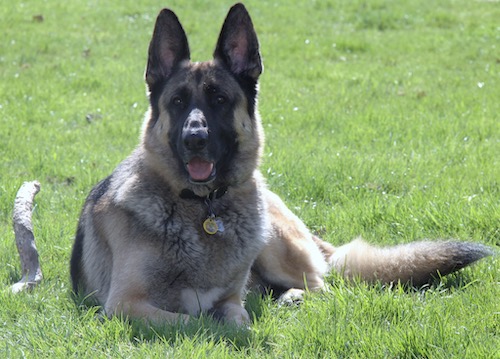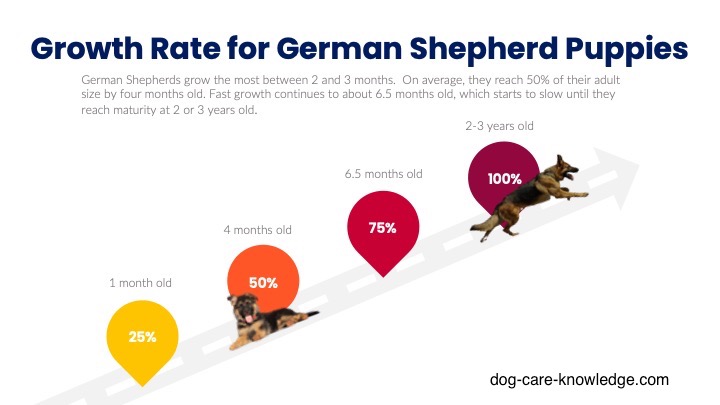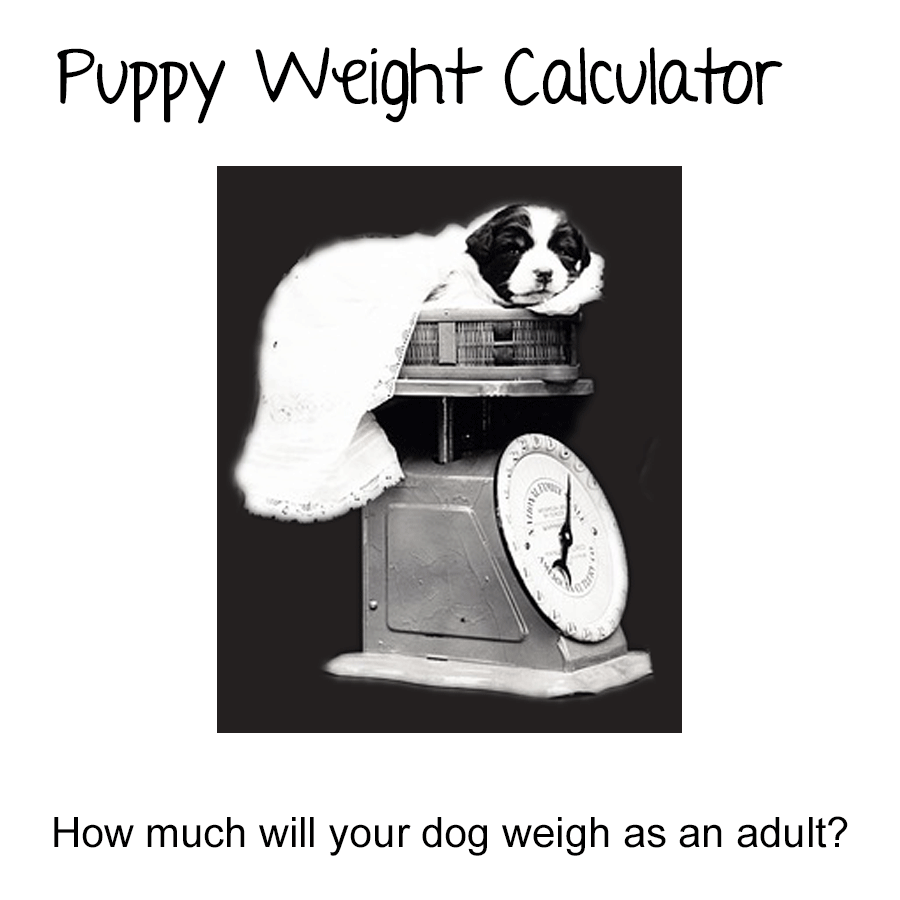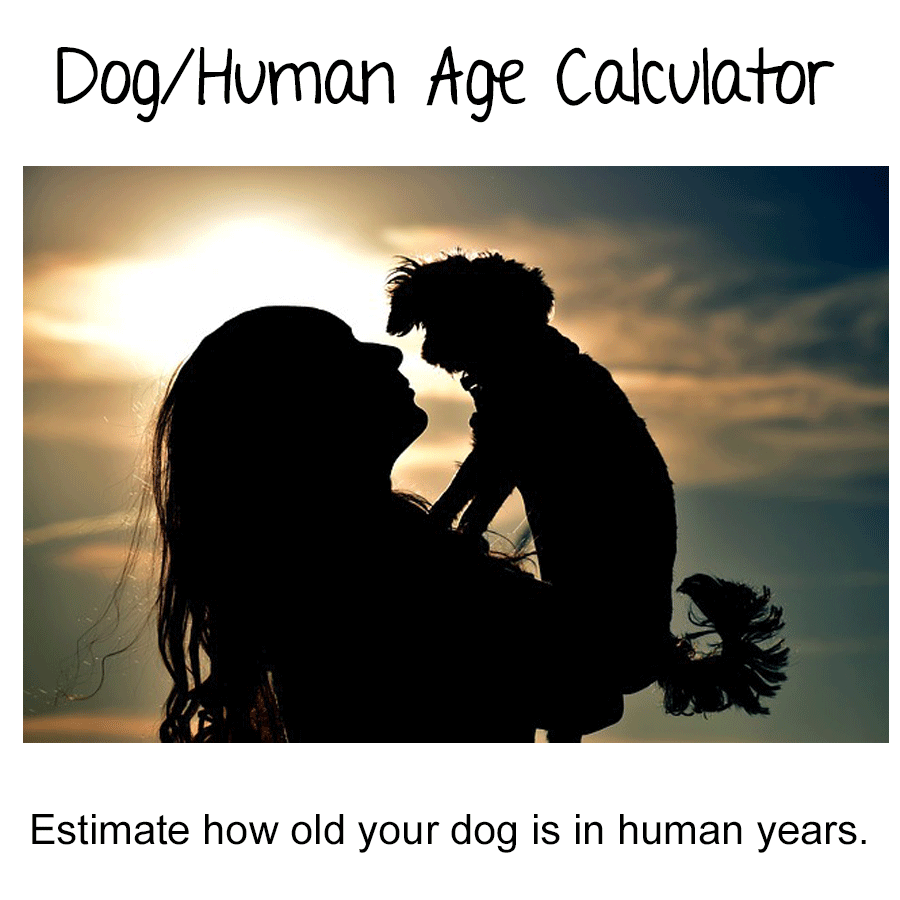- Home
- Puppy Training
Training a Puppy
Training a puppy can be challenging, but so much fun. Left untrained, puppies can learn the wrong things and often cause mischief. Start your puppy on the right path, and you can avoid or correct unwanted behaviors. Having said that, if you already have some behaviors that you need help with, click here..
Maybe you've already encountered problems with your new pup, or you don't know where to get started.
Here you'll find plenty of tips to get you started as well as what to do if it all goes wrong. Let's face it; it happens.
Puppies are lovely, cute, and funny, but they can also be very naughty and hard work. If you channel their exuberant energy into training, you will have a much easier time.
Training a puppy dog can help you to enjoy their puppy-hood, not just survive it!
Crate Training a Puppy
Let's start with crate training a puppy. It not only helps with potty training but prevents chewing behaviors from starting and keeps your puppy safe and secure when you're not around.
But how do you train it when they don't want to go in the crate? Or, which crate should you be using anyway?
This article gives you step-by-step instructions on how to crate train a puppy the right way. By following these tips, your puppy can grow to love being in a crate.
Best Dog Crates
There are a variety of dog crates on the market, which can be confusing if you're not sure which one is best.
This article gives a complete list of pros and cons of each one. It also provides my recommendation on the ones that work best for each situation.
Stop Puppy Biting
So you have your cute bundle of fur, but those puppy teeth are not so pleasant, are they? Mother nature gave puppies needle teeth for a reason, but we have to teach them that we are not their chew-toys.
This article explains why they have needle-like teeth and how you can teach your puppy not to bite.
Leash Training a Puppy
Leash training a puppy doesn't just involve attaching a leash to his collar and dragging him outside. Or worse, him pulling you. Done correctly, it means teaching your puppy to walk calmly by your side while on a leash.
It can be a tricky thing to learn as your energetic puppy may want to hurl out the door with you in tow. By actively teaching your puppy the correct behavior will save you lots of trouble in the long run.
Here are four proven methods for teaching a puppy or dog to walk by your side with a loose leash.
Dog Training for Separation Anxiety
Separation anxiety occurs when a puppy or dog can't cope with being left alone. The best way to stop it is to prevent it from starting in the first place. However, there are steps you can take that will help with teaching your puppy how to be happy when left alone.
By following these training methods, you'll teach your puppy or dog that being alone is OK. It gives instructions on how to reduce stress, relieve boredom, and what to do if you already have a dog that suffers from separation anxiety.
House Training a Puppy
House training, or potty training, is probably the first thing most pet-parents want to get a handle on. But how do you get this little peeing and pooping machine to go in the right place? And, how long can you expect them to hold their bladder for anyway?
These questions are answered thoroughly in this article together with handling overnight issues and how to potty train in winter.
House Training Problems
Sometimes potty training with your puppy doesn't go to plan. You followed all the steps and advice, and your puppy is still peeing and pooping in all the wrong places. Or, you spend ages outside only for your puppy to go as soon as she gets in the house.
If this sounds like your experience with house training a puppy, then don't worry, this article has the answers you need.
